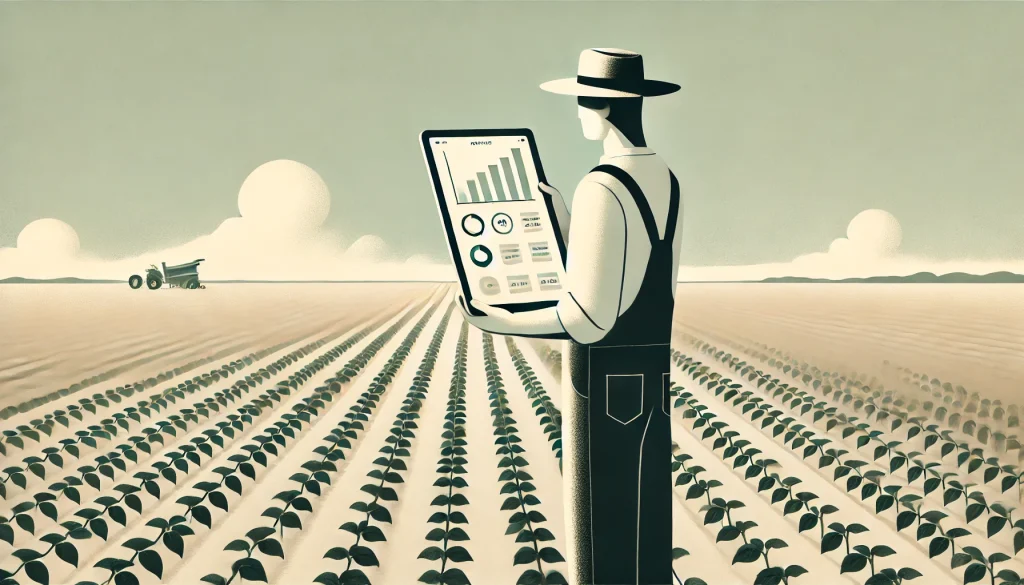
Agriculture, one of the oldest industries in human history, is witnessing a wave of innovation powered by modern technology. With the rise of Agri-Tech (agricultural technology), farmers and farming businesses are utilising smart devices, AI, IoT, and data analytics to optimise their processes. However, alongside these advancements, an often overlooked factor is coming into focus—User Experience (UX).
Intuitive, user-centered design plays a vital role in making these technologies accessible, efficient, and impactful for farmers and agricultural workers. This blog talks about how UX solutions are transforming the Agri-Tech sector, from driving ease of use to unlocking the full potential of advanced agricultural tools.
The Growing Role of Technology in Agriculture
In recent years, Agri-Tech has expanded to include various innovations such as precision farming, smart irrigation systems, and agricultural drones. These technologies generate massive amounts of data and provide farmers with insights into crop health, weather patterns, and soil conditions.
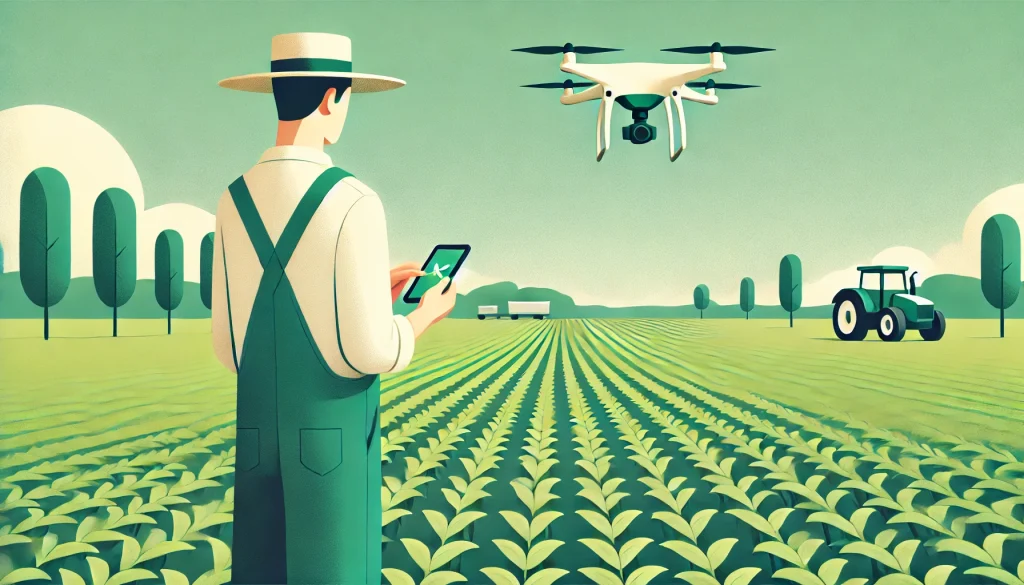
Yet, the usability of these tools can determine their adoption and success. Without intuitive interfaces and easy-to-navigate platforms, farmers may struggle to fully benefit from the cutting-edge solutions offered by agri-tech companies.
This is where UX design comes in, ensuring that these technological advances are not only powerful but also simple and accessible to users with diverse technological proficiency.
User-Centered Design: Connecting Farmers and Technology
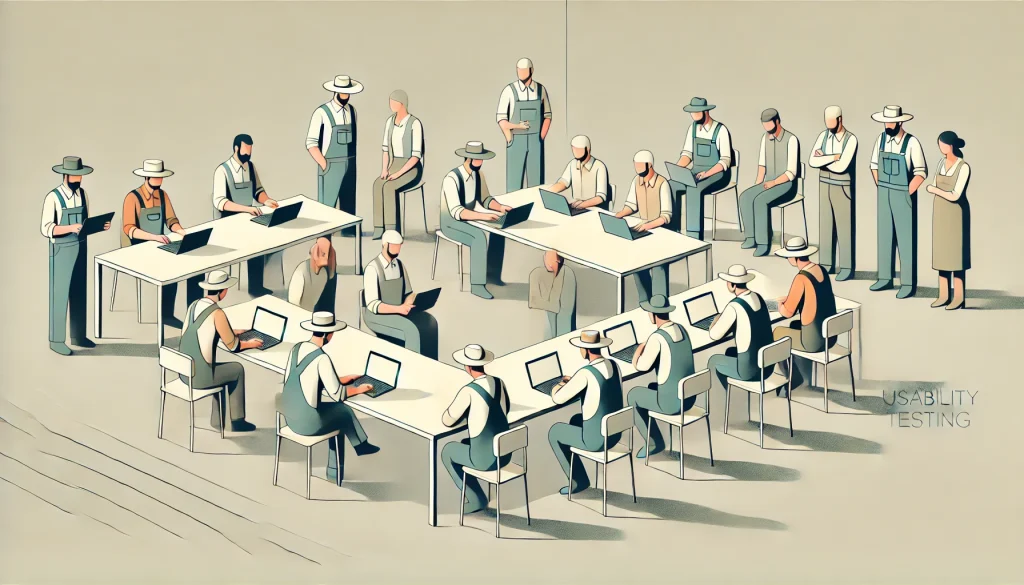
A significant challenge for Agri-Tech companies is that the end users—farmers—often have limited exposure to digital tools and complex interfaces. Many farmers work in rural settings with varying levels of literacy, technical skills, and access to reliable internet connections. UX design helps overcome these challenges by focusing on the end user’s needs, behaviours, and constraints.
Here’s how UX solutions are shaping the Agri-Tech landscape:
Simplified Interfaces for Diverse User Groups

Farmers need tools that are intuitive and easy to operate, even if they have limited digital literacy. Agri-tech platforms with simplified user interfaces (UI) make tasks like data entry, monitoring crop health, or scheduling irrigation seamless. For example, mobile applications designed for farmers may use visual cues like icons and colours to guide users, rather than relying solely on text-heavy instructions. This is particularly beneficial for those who speak different languages or have varying literacy levels.
Localized Experiences
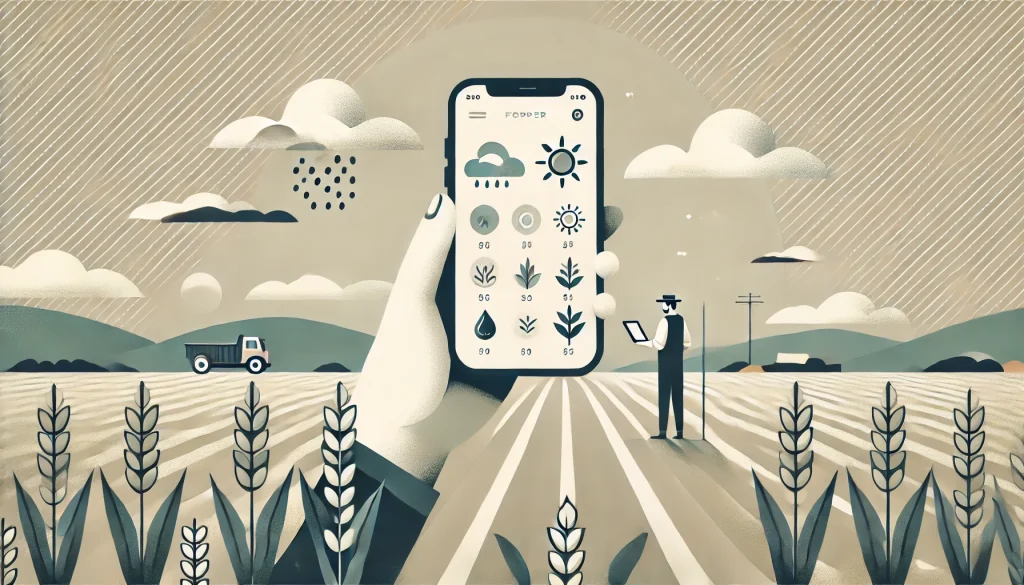
To cater to farmers in different regions, UX design incorporates localisation elements such as language options, region-specific data, and culturally relevant design features. A well-designed Agri-Tech tool will account for the local climate, soil types, and farming practices, providing farmers with actionable insights based on their unique contexts. Localising the experience enhances user engagement, builds trust, and ensures the technology feels tailored to each individual user.
Offline Capabilities
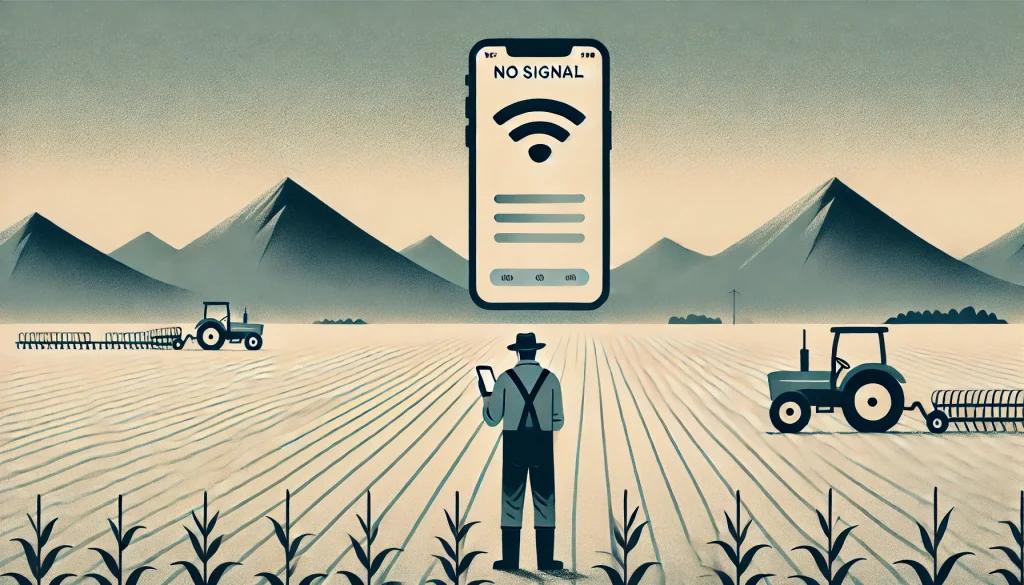
Many rural areas still experience unreliable or limited internet connectivity. UX designers in Agri-Tech are addressing this by incorporating offline functionalities into apps and platforms. By allowing farmers to collect and store data offline, and then sync it when a connection is available, UX design ensures that users can still benefit from the technology even in remote locations. This feature is essential for precision agriculture, where real-time data collection is critical for optimising crop yields.
Responsive Design for Multi-Device Accessibility

Farmers may access Agri-Tech platforms on different devices, from smartphones to tablets and desktop computers. UX designers ensure that these platforms are responsive, meaning they work smoothly across various screen sizes and device types. A seamless transition between devices makes it easier for users to stay connected with their farm data, whether in the field using a mobile app or in the office reviewing analytics on a desktop.
Usability Testing: Ensuring Real-World Efficiency
One of the core principles of UX design is continuous testing with actual users. In the Agri-Tech space, this means involving farmers in the design and development process to gather insights into how they interact with the tools. Usability testing helps identify pain points, such as confusing navigation or unclear instructions and allows designers to iterate and improve the user experience based on real-world feedback.
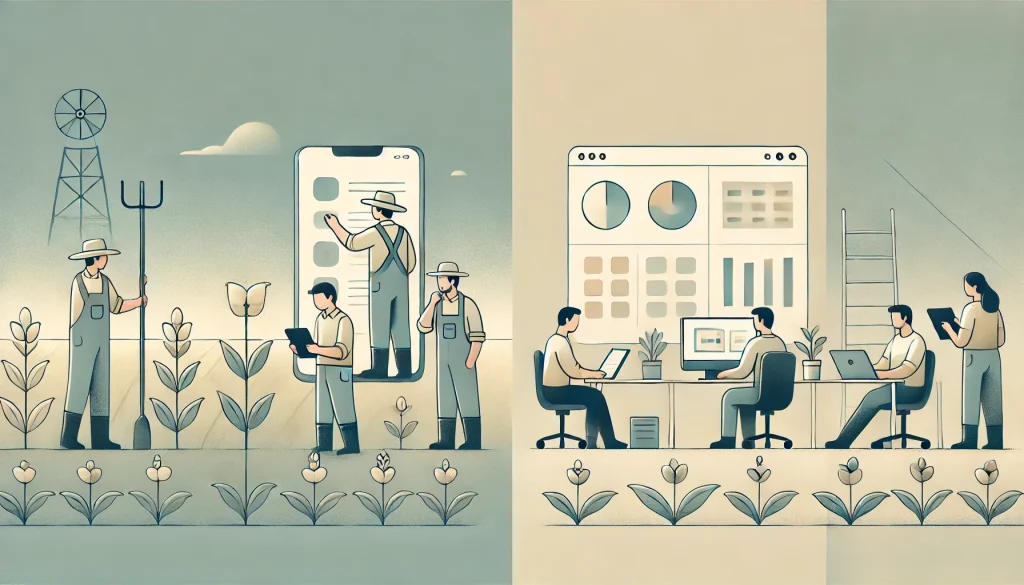
For instance, testing a farm management app in a real-world environment might reveal that farmers prefer to input data using voice commands rather than typing, as their hands are often occupied with tasks like planting or harvesting. By incorporating this insight into the design, the app becomes more user-friendly and better suited to the context in which it will be used.
Data Visualisation: Transforming Complexity into Clarity
Agriculture generates vast data—soil moisture levels, crop growth rates, weather forecasts, and more. By 2050, agriculture will need to produce 70% more food to meet the global demand, making data-driven farming essential. However, raw data can be overwhelming and difficult to interpret. UX design can turn this data into actionable insights through clear visualisations such as graphs, heat maps, and alerts.
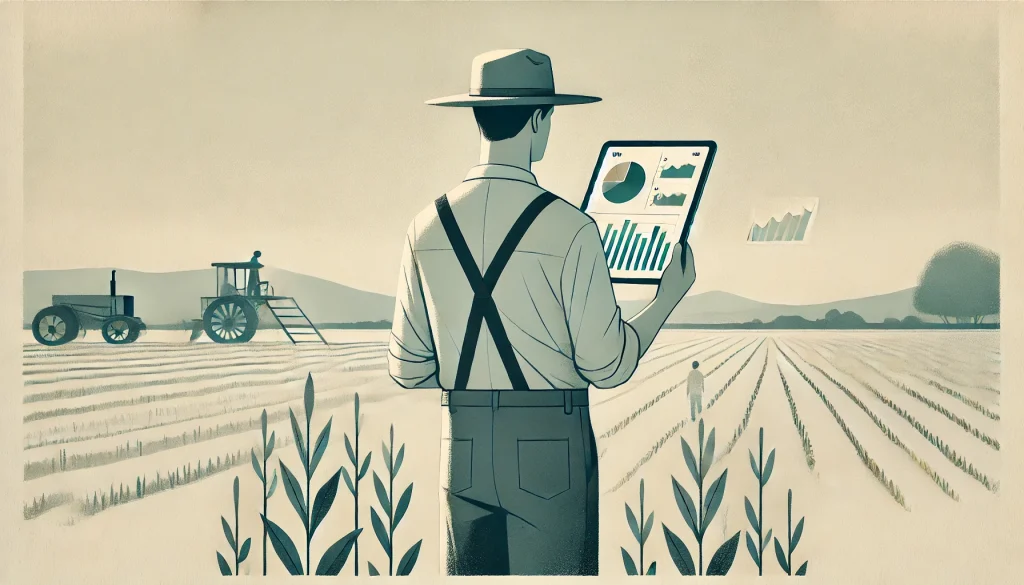
These visual tools allow farmers to quickly understand key information and make informed decisions, like adjusting irrigation schedules or applying fertilizers at optimal times. For example, a smart irrigation app may display a simple heat map that shows which areas of the field need more water, allowing the farmer to quickly make adjustments. This type of user-friendly data visualisation is critical for maximising the value of Agri-Tech tools.
Enhancing Collaboration and Learning through UX
Agriculture often involves collaboration, whether it’s between farmers, suppliers, or agricultural experts. UX solutions that promote collaboration can create more efficient farming ecosystems. Features such as cloud-based data sharing, real-time notifications, and community forums allow farmers to share knowledge and best practices, enhancing productivity and innovation in the sector.
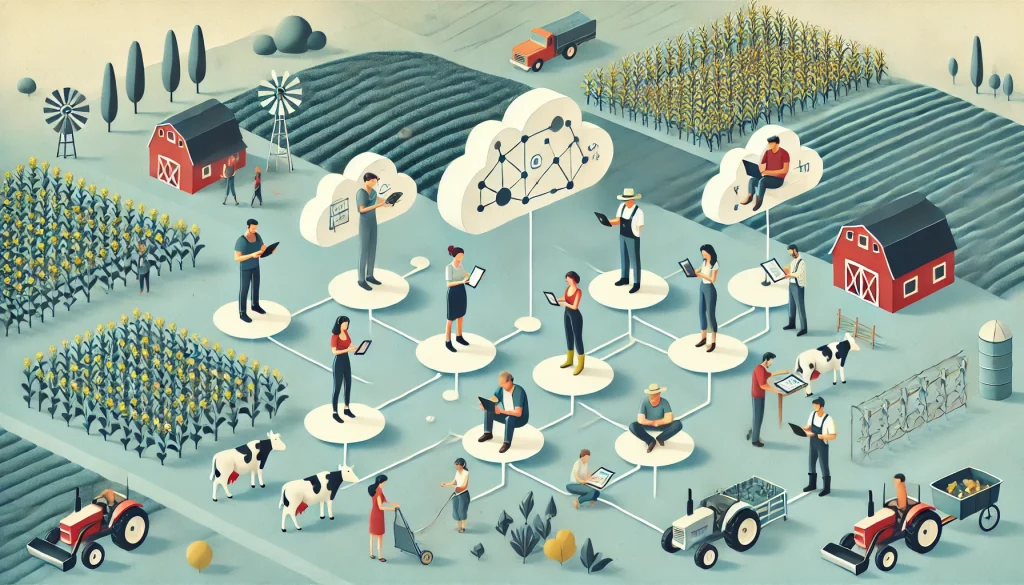
Additionally, well-designed UX can facilitate learning by integrating training modules, video tutorials, and in-app tips that teach users how to maximize the tool’s potential. This empowers farmers to become more self-sufficient and reduces their reliance on external technical support.
The Future of UX in Agri-Tech
As Agri-Tech continues to evolve, so will the role of UX in shaping its future. The global agri-tech market was valued at USD 23.5 billion in 2022 and is projected to grow to USD 79.7 billion by 2030, reflecting a compound annual growth rate (CAGR) of 16.5%. Emerging technologies such as AI, machine learning, and augmented reality offer exciting opportunities for more personalised and immersive user experiences.
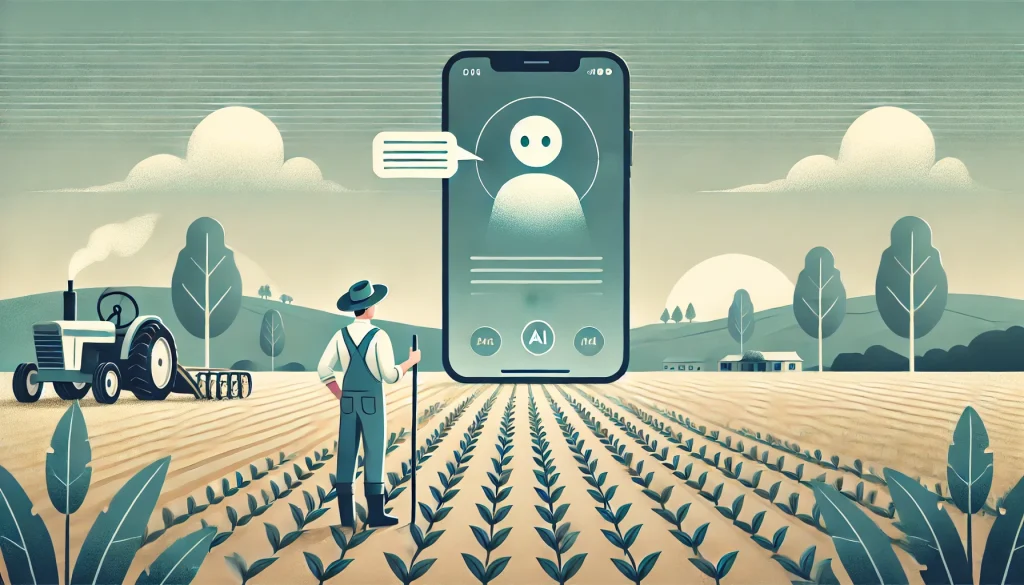
For example, augmented reality (AR) applications could allow farmers to visualise crop data directly in the field, enhancing decision-making in real time. AI-driven chatbots and virtual assistants could also be integrated into Agri-Tech tools, offering farmers instant, personalised advice based on the specific conditions of their farms. These innovations will further elevate the importance of UX design in ensuring that farmers can easily access, understand, and apply the technologies that are revolutionising the agricultural sector.
Conclusion
As Agri-Tech continues to innovate, the success of these technologies depends on their usability. UX solutions are key to making advanced tools accessible to farmers, regardless of their technical background. By simplifying interfaces, localising experiences, enabling offline functionality, and providing clear data visualisations, UX design empowers farmers to make the most of Agri-Tech, driving greater efficiency and sustainability in agriculture.
Also Read: User-Centered Emotion: The Key to Effective Design







